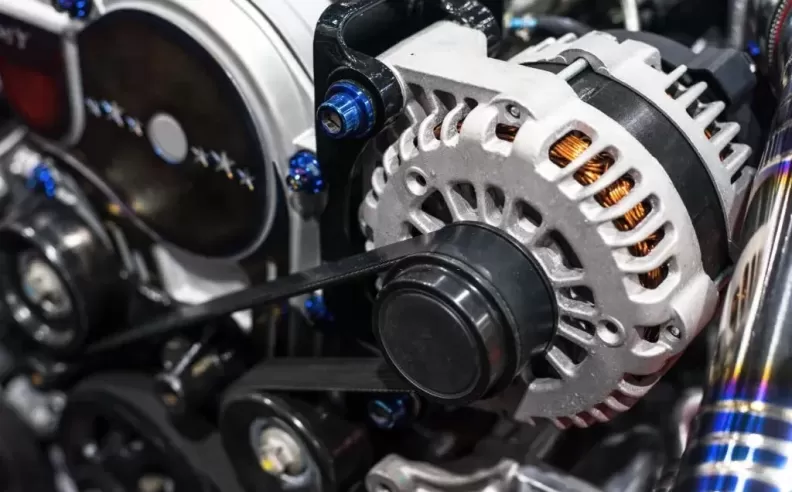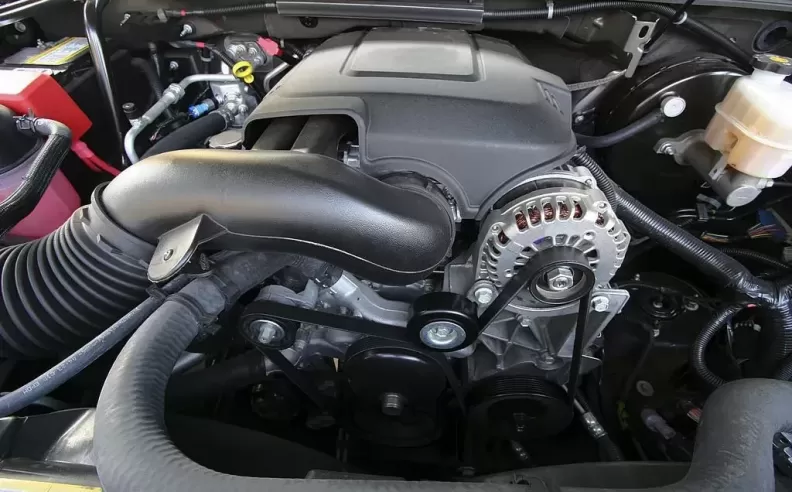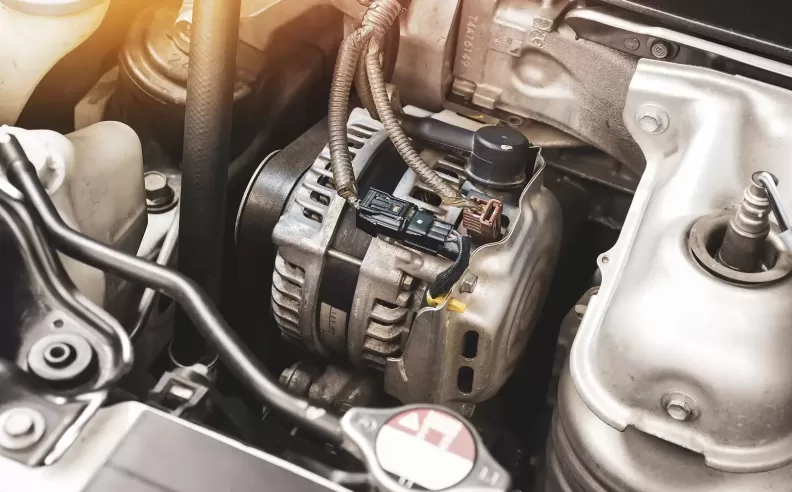
In the realm of automotive engineering, the car dynamo plays a crucial role in generating electrical power for various systems within a vehicle. As a mechanical-electrical component, it converts mechanical energy from the engine into electrical energy, ensuring the proper functioning of essential components such as the battery, lights, and other electrical systems. In this article, we will delve into the inner workings of a car dynamo and explore the significant symptoms that indicate its potential damage.

A car dynamo, also known as an alternator, serves as a vital source of electrical power for an automobile. Its primary function is to generate electricity while the engine is running, which is used to recharge the vehicle's battery and power the electrical systems. The dynamo consists of several key components that work in harmony to achieve this function:
Rotor: The rotor, often referred to as the armature, is a coil of wire that is spun by the engine's belt system. As it rotates within the magnetic field created by the stator, it induces an alternating current (AC) within the coil.
Stator: The stator is a stationary set of coils that surrounds the rotor. It generates a magnetic field when an electrical current flows through it. This magnetic field is essential for the process of electromagnetic induction.
Rectifier Bridge: The AC current generated by the rotor is converted into direct current (DC) using a rectifier bridge. This bridge is composed of diodes that allow current to flow in only one direction, ensuring a consistent supply of power.
Voltage Regulator: The voltage regulator monitors the output of the alternator and ensures that the voltage supplied to the vehicle's electrical systems remains within the appropriate range. This prevents overcharging or undercharging of the battery.
Drive Belt: The drive belt, often called the serpentine belt, connects the engine's crankshaft to the dynamo's pulley. As the engine rotates, the belt transfers mechanical energy to the dynamo's rotor, initiating the generation of electrical power.

Over time, a car dynamo can experience wear and tear due to its continuous operation. Recognizing the signs of dynamo damage is crucial to prevent complete failure and subsequent electrical system malfunctions. Here are some of the most important symptoms of a damaged dynamo:
Dimming or Flickering Lights: Dimming or flickering headlights, dashboard lights, or interior lights can indicate a failing dynamo. This symptom usually suggests inadequate power supply to the vehicle's electrical components.
Warning Light: If the "Battery" or "Alternator" warning light on the dashboard illuminates while driving, it's a clear indication that the dynamo might be malfunctioning or not providing enough charge to the battery.
Whining or Grinding Noise: Unusual noises, such as a high-pitched whine or grinding sound, could indicate issues with the dynamo's bearings or internal components. These noises are often a sign of mechanical wear.
Electrical System Malfunctions: Malfunctions in various electrical systems, such as power windows, power locks, air conditioning, and infotainment systems, might occur due to insufficient power supply caused by a faulty dynamo.
Dead Battery: A dead or consistently weak battery, even after being jump-started or recharged, could result from a failing dynamo that's not adequately recharging the battery while the engine is running.
Burning Smell: A burning smell, often accompanied by smoke, can be an alarming sign of overheating within the dynamo. This may result from electrical issues or mechanical failures.
The car dynamo, or alternator, is an essential component that generates electrical power for a vehicle's various systems. Its efficient operation ensures proper battery charging and functioning of electrical components. Recognizing the symptoms of dynamo damage, such as dimming lights, warning lights, and unusual noises, is crucial for timely maintenance and preventing complete electrical system failure. Regular inspection and maintenance of the dynamo can extend its lifespan and contribute to the overall reliability of an automobile.

Wael is an automotive content writer specializes in creating written content for Motor 283. Producing a wide range of content, including blog posts, articles, product descriptions, reviews, and technical guides related to cars, trucks, motorcycles, and other vehicles, with an unprecedented passion for cars, and motorcycles.
